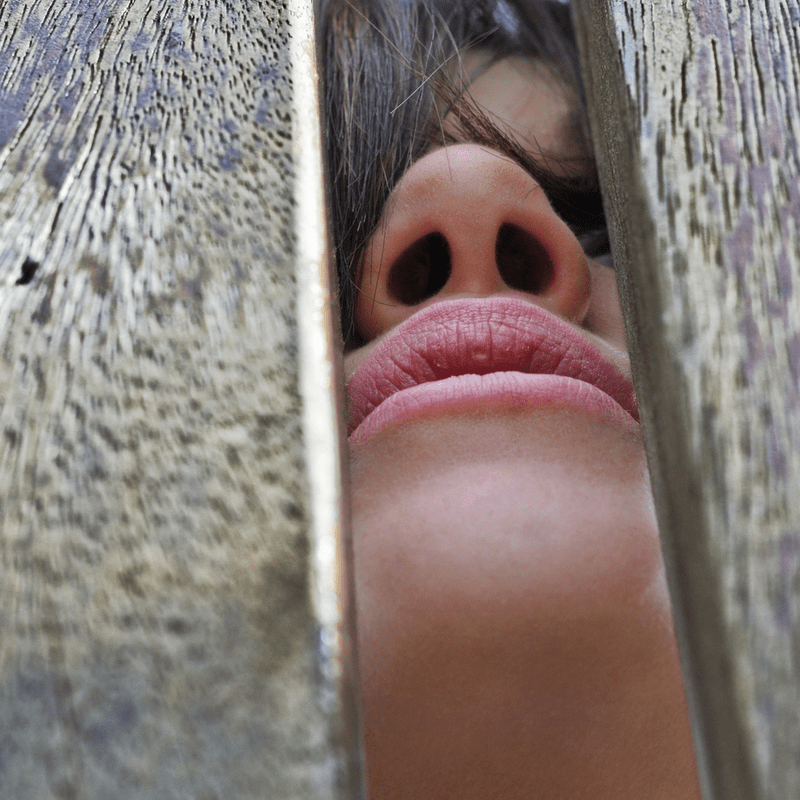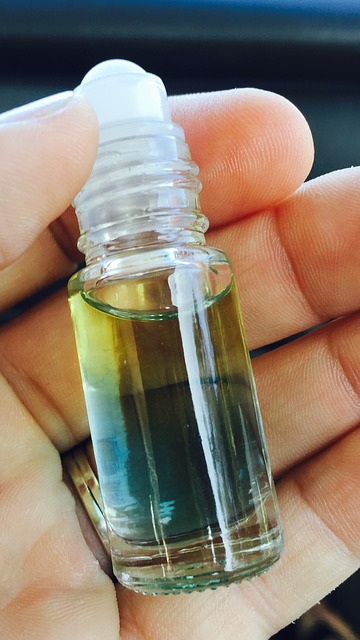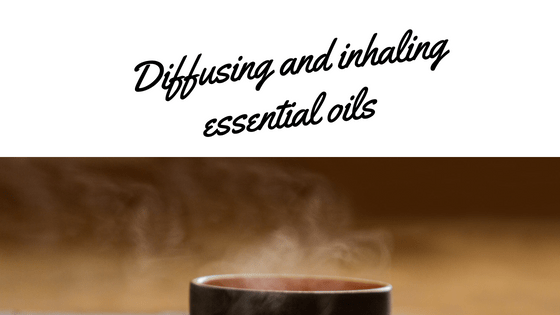
Did you know that inhalation is one of the most effective ways for essential oils to enter the body? When you inhale an essential oil some of the components make their way to the limbic area of the brain. This is the area which is associated with memory and explains why essential oils can trigger old memories about experiences with the aroma.
Some of the components also make their way into the lungs where they cross through into the bloodstream and help to have a physiological effect on the body.
So, with this in mind, have you ever thought about different ways to inhale essential oils? If you have, you may have thought of some of these:
1. Sniff it from the bottle
Simple and easy, but actually this isn’t a good idea, as while you’re sniffing it you’re keeping the lid off for longer. This means that the essential oil is going to react with chemicals in the air and not maintain its quality for as long as expected
2. Put a few drops on a tissue
This is a cheap, effective way to get oils into your body. If someone is looking for a quick immediate effect, then one or two drops on a tissue, with three deep slow long breaths inhaled through the nose, can have the desired effect
3. Make up a nasal inhaler stick
These are great portable items, which can be opened and sniffed as wanted. Because they’re closed you can keep them in a bag or pocket and you will find the aroma stays for long
5. Put a few drops on a tissue or cotton wool ball in a room
I often recommend this to parents of babies and use this method with residents at a care home (making sure it is kept out of their reach). Using this method means there’s a gentle aroma in the air but there is highly unlikely to be any over exposure, as the chemicals slowly evaporate into the air
6. Put a few drops into a diffuser/oil burner
These can be useful but you need to observe several safety considerations. If you’re using an oil burner, then you should never leave the candle unattended. If you’re using water, then you also need to ensure it doesn’t run dry. Some diffusers will automatically turn themselves off when they have dropped below a certain level, and are considered the safest option. When choosing this option, you need to think about inhalation hygiene. Is your room ventilated, or are the chemicals going to build up inside the room? How long are you leaving your diffuser turned on? If you haven’t got a well ventilated room or you’ve left the diffuser on for hours, then you may find yourself getting a headache, sore throat or feeling a little nausea
7. Use aromatherapy jewellery
These are becoming popular, and you can buy a necklace, bracelet or in-car diffuser with a pad which you can add oils to. The pad can be changed for different oils, and like the tissue or cotton wool ball effect it means there is gentle diffusing taking place. Depending on the oils you choose, you may need to be careful if you’re wearing it around young babies, or people taking certain medications
8. Use it in a blend or a massage
You may not have thought about this as an obvious inhalation method, but when you use a blend or have a massage, some of the more immediate impact of the aromatherapy session is due to the inhalation of the oils. I’ve written a blog post about how there are different factors affecting essential oil through the skin and you can more information about how oils absorb into the body
9. Steam inhalation
This is when you use hot water with essential oils in it and then inhale the vapours. This is a useful method for loosening nasal blockages with colds and catarrh, but isn’t recommended for asthmatics, as it can trigger an attack. There are obviously lots of safety concerns about this method, so you shouldn’t use it for young children or the elderly, and you should take care with the hot water
So, the next time you’re thinking you want to use essential oils, you may want to think about inhalation as a good way to get the oils into your body. And remember, depending on the situation, you may find different options work best for you at different times so don’t feel you only need to use them one way.
 Louise is an holistic therapist who owns Therapy Centre, Bristol BS14 9HB, a clinic offering a range of holistic and beauty therapies. Louise offers reflexology, aromatherapy, holistic massage, Indian head massage, reiki, baby massage and story massage. She is a mum of two boys and when she is not working she enjoys getting outdoors with her family. For further information about Louise, visit louise-morgan.co.uk.
Louise is an holistic therapist who owns Therapy Centre, Bristol BS14 9HB, a clinic offering a range of holistic and beauty therapies. Louise offers reflexology, aromatherapy, holistic massage, Indian head massage, reiki, baby massage and story massage. She is a mum of two boys and when she is not working she enjoys getting outdoors with her family. For further information about Louise, visit louise-morgan.co.uk.

